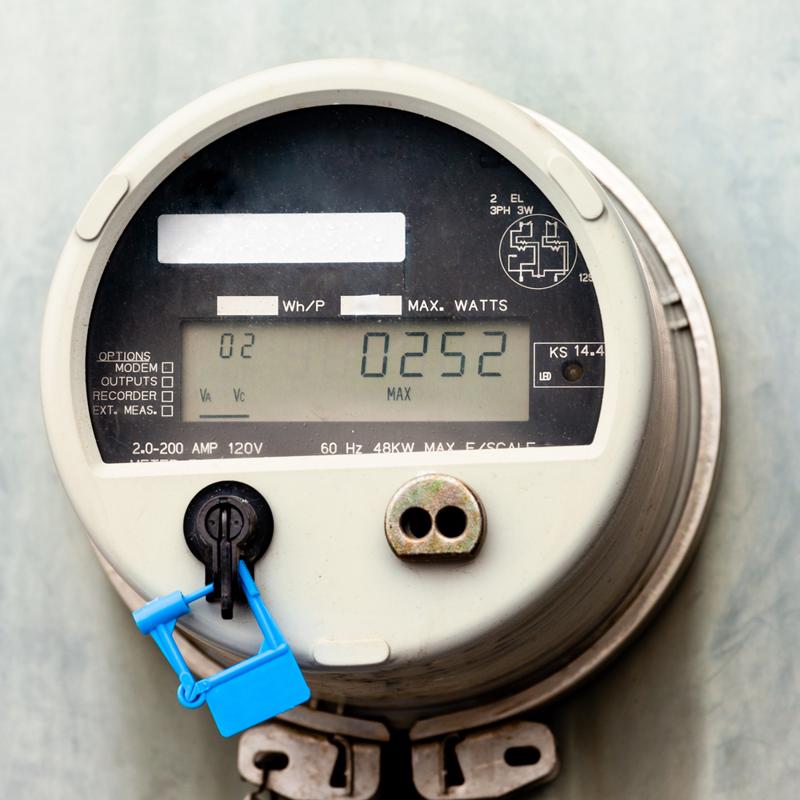
How IoT is evolving the energy sector
By Max BurkhalterFebruary 22, 2018
The internet of things is not a new presence in the energy sector. However, not all may fully understand the ways in which IoT is enhancing the grid. Energy industry coverage currently tends to focus on the evolving diversity of fuel sources, as well as innovations in conductors. While the idea of replacing the energy grid with a newer, futuristic model sounds fantastic, it is not realistic - at least not yet.
Instead, the smart energy revolution has begun quietly improving current systems to integrate into existing technology. While not as exciting, this transition is far more consumer friendly as it allows upgrades to occur without interrupting service or causing outages.
Part of this has been driven by the U.S. Department of Energy's Smart Energy Analytics Campaign, which stresses finding previously hidden energy savings in already existing buildings. Energy providers are being encouraged to adopt energy management information systems, which will provide them with new analytics made possible by IoT-enabled technology.
"Nearly 50 percent of all sectors have installed smart meters."
More control and oversight
Mass adoption of IoT across industries has been fueled by its ability to maximize productivity and efficiency. Where there was before only limited sources of data gathering - computers, manual record entry - IoT devices augment this information stream, expanding it dramatically.
In the energy sector, this technology includes smart meters. These pieces of tech monitor and record the consumption of electric energy in regular, tightly-packed intervals (often times an hour or less). These devices provide a new two-way communication channel between the hardware itself and the central hub. It also gathers data that can be used for increased accuracy in reports.
With smart meters, it is possible for energy providers to know the peak times of consumption down to the minute. Since being initially unveiled, adoption of this IoT tech has grown steadily. A recent U.S. Energy Information Administration report stated that nearly 50 percent of all sectors had smart meters installed. The industrial sector currently lags behind the commercial and residential segments (only slightly above 40 percent), signaling that some of the greatest energy savings have yet to be tapped.

Need for enhanced cybersecurity protocols
Despite this prevalent adoption, companies within the energy sector need to do more to boost cybersecurity protocols. Last year's U.S. Energy Department Quadrennial Energy Review found that the risk of serious cyberattack was high and that immediate steps needed to be taken to reduce the risk.
The main problem outlined by the report was the pace of evolution. Simply put: Attack sophistication is outpacing security development. Organizations within the energy sector are advised to keep detailed records of any and all breaches, so that any common threads may be discovered and secured. In addition, layered passwords and restricted encryption should become normal practice within every energy utility. A report from Bloomberg News in late 2016 highlighted the danger of malicious material on laptops.
Companies must train their employees on proper cybersecurity safety to reduce the risk of dangerous material infiltrating network safeguards. It is a difficult but essential task to keep compliance in the age of the IoT.
One good thing about this expanded data entry is that smart meters and other sensors can provide warning sirens before certain breaches occur. The data must be watched meticulously and recorded accurately to ensure that the warning is only given when necessary.
Improved cost efficiency and flexibility
As smart energy initiatives develop and energy providers have more information, they can more effectively supply energy as needed throughout the grid. For instance, buildings that use additional power sources - like solar or wind - can likely sustain themselves during off hours. This means that less energy needs to be transmitted from the central hub during this timeframe.
Electrical companies can also better monitor usage, alerting clients when the bills are in danger of getting too high and providing better quality support.
The IoT is here to stay and the best corporations are upgrading now to stay ahead of the curve. Implementing large-scale improvements requires first strengthening your network to be reliable and resilient. Perle provides the expert help and hardware needed to develop such an infrastructure. Contact us today to find out how we can help bring your grid securely into the 21st century.



